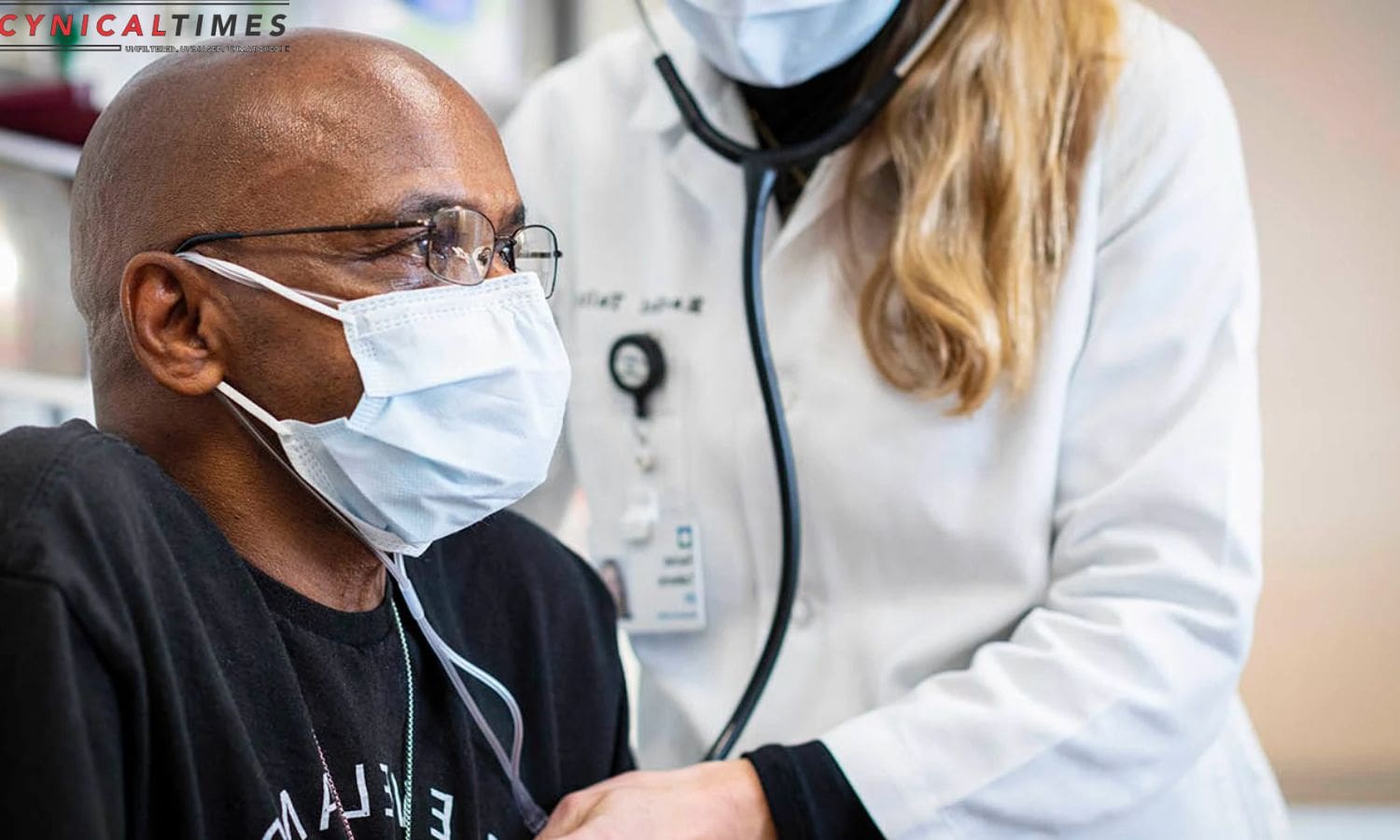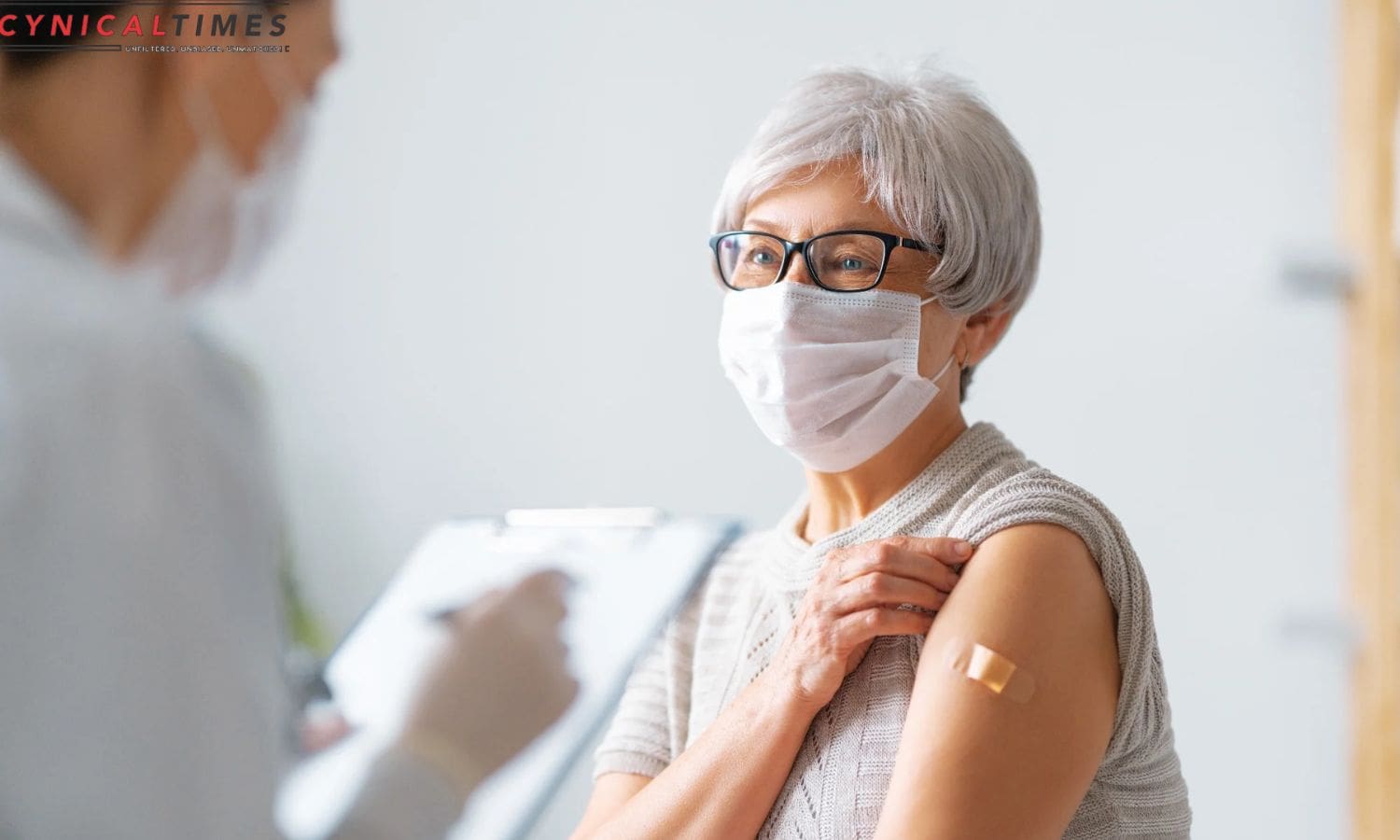Rising Respiratory Cases Trigger Health: As the winter season approaches, a surge in respiratory cases has prompted health officials to issue recommendations for essential preventative measures. In the face of rising COVID-19, influenza, and RSV cases, authorities are stressing the importance of masking and vaccination as a means of curbing the spread of respiratory viruses.
This article aims to provide a concise and informative overview of the ongoing public health challenge, emphasizing the collective responsibility we all share in protecting ourselves and our communities.
Key Takeaways Of Rising Respiratory Cases Trigger Health
- CDC is closely monitoring the surge in respiratory virus cases during the holiday season and highlighting the need for heightened health recommendations.
- Several California counties, including Los Angeles, San Diego, Riverside, and Orange County, are experiencing elevated COVID-19 hospitalizations, indicating an increased burden on the healthcare system.
- Yolo County is facing rising cases of COVID-19, Influenza, and RSV, with health authorities urging residents to wear face masks and stay updated on available vaccinations.
- Ongoing public health measures, including wearing face masks, getting updated vaccines, improving home ventilation, and frequent handwashing, are crucial for reducing the risk of respiratory illnesses.


Respiratory Virus Surge During Holiday Season: CDC Monitoring and Concerns:
The CDC is closely monitoring and expressing concerns over the surge in respiratory virus cases during the holiday season. This increase in activity has led to a rise in emergency room visits for both Influenza and COVID-19.
Nationwide, there has been a significant impact, with specific states experiencing a notable increase in respiratory illnesses. The CDC’s observations highlight the need for heightened health recommendations, particularly the essential practices of masking and vaccination.
The holiday season, with its gatherings and travel, creates an environment conducive to the spread of respiratory viruses. As a result, the CDC is urging individuals to remain vigilant, adhere to preventive measures, and get vaccinated to protect themselves and others.
Elevated COVID-19 Hospitalizations in California Counties Trigger Health Alerts:
Several California counties are currently experiencing elevated COVID-19 hospitalizations, prompting health alerts and recommendations.
According to data from the CDC, medium levels of coronavirus-related hospital admissions have been reported in these counties. The affected counties include Los Angeles, San Diego, Riverside, and Orange County.
The rise in COVID-19 hospitalizations is significant as it indicates an increased burden on the healthcare system and raises concerns about the spread of the virus within these communities. In response, health officials are urging the public to adhere to preventive measures such as wearing masks, practicing social distancing, and getting vaccinated. These recommendations aim to mitigate the transmission of the virus and reduce the strain on hospitals.
It is crucial for individuals in these counties to follow these health alerts and take appropriate actions to protect themselves and others from COVID-19.


Also Read: Fire Hazard Prompts Recall: 53,000 Hoverboards Pulled From Market for Consumer Safety
Yolo County’s Respiratory Virus Challenge: Rising COVID-19, Influenza, and RSV Cases:
Yolo County is facing a significant challenge with the rising cases of COVID-19, Influenza, and RSV. Dr. Aimee Sission has highlighted the elevated levels of SARS-CoV-2 and RSV in the county, which poses unique challenges in managing the circulation of these respiratory viruses concurrently.
The surge in cases of these respiratory illnesses has prompted health authorities to issue recommendations for masking and vaccination. Residents are being urged to wear face masks to reduce the transmission of these viruses and to stay updated on the available vaccinations.
The co-circulation of COVID-19, Influenza, and RSV in Yolo County calls for heightened vigilance and adherence to preventive measures. It is crucial for individuals to prioritize their health and take necessary precautions to mitigate the spread of these respiratory viruses.
Ongoing Public Health Measures: Officials Stress Precautionary Actions Amidst Rising Cases:
Amidst the surge in respiratory cases, health officials are emphasizing the importance of ongoing public health measures to combat the spread of these viruses.
Despite COVID-19 numbers not reaching peak levels, there is a growing concern about the increasing trend of respiratory illnesses, including COVID-19, influenza, and RSV.
In order to prevent the further spread of these viruses, officials recommend a range of precautionary actions. These include wearing face masks, getting updated vaccines, improving home ventilation, and practicing frequent handwashing.
Face masks help to reduce the transmission of respiratory droplets, while vaccines provide protection against specific viruses.
Improving home ventilation can help to minimize the concentration of airborne viruses, and frequent handwashing is crucial for reducing the risk of contamination.


Winter Season Challenges and Collective Responsibility: Navigating the Ongoing Public Health Challenge:
The winter season presents unique challenges and requires a collective effort to navigate the ongoing public health challenge. As temperatures drop and people spend more time indoors, the risk of respiratory illnesses, including COVID-19, increases significantly. To effectively combat this challenge, it is crucial for individuals to take preventive actions and prioritize public health measures.
Here are three key factors to consider:
- Increased transmission risk: The cold weather and confined indoor spaces create ideal conditions for the spread of respiratory viruses. It is essential to wear masks, practice social distancing, and maintain good hand hygiene to reduce the risk of transmission.
- Seasonal illnesses: In addition to COVID-19, the winter season brings other respiratory illnesses such as influenza and the common cold. Staying home when sick and getting vaccinated against these illnesses can help protect both individuals and the community.
- Collective responsibility: Navigating the ongoing public health challenge requires a collective effort. Everyone must actively participate in preventive measures, follow public health guidelines, and support each other in staying healthy and safe during these challenging times.
Conclusion Of Rising Respiratory Cases Trigger Health
In conclusion, the recent surge in respiratory cases, including COVID-19, influenza, and RSV, has triggered health recommendations for masking and vaccination.
Public health officials emphasize the importance of precautionary actions and collective responsibility in navigating these ongoing challenges.
It is crucial for individuals to follow public health measures to protect themselves and others during the winter season.
Our Reader’s Queries
What respiratory infection is on the rise?
According to the latest CDC data, COVID-19 has become the primary cause of respiratory illnesses. The emergency department visits have surged by 12%, while hospitalizations have increased by 17%. The number of deaths attributed to COVID-19 has also risen by 10%. These statistics highlight the severity of the situation and the urgent need for preventive measures. It is crucial to follow the guidelines and take necessary precautions to curb the spread of the virus.
Why do I keep getting upper respiratory illness?
Frequent respiratory infections can be caused by a variety of factors. These include structural issues, underlying lung disease, exposure to irritants such as allergens, chemicals, and smoke, or working with children. In some cases, an immune system disorder may also be the culprit. While less common, it’s important to consider this possibility when dealing with recurrent respiratory infections. By identifying the root cause of these infections, individuals can take steps to prevent them and improve their overall respiratory health.
Why is RSV so prevalent?
There has been a recent surge in RSV cases, and while the exact cause is still unknown, there are a few theories floating around. One possibility is that there are now fewer individuals with strong enough immune systems to combat the virus. This could be due to the reduced spread of viruses during the COVID-19 pandemic. However, these are just theories at this point and further research is needed to confirm any causal relationships.
What are symptoms of RSV?
RSV typically starts with mild symptoms resembling a common cold, such as a runny nose, sore throat, cough, and headache. However, it can quickly escalate to emergency symptoms, including shortness of breath, high fever, bluish tint to the skin, wheezing, and a worsening cough. It’s crucial to seek medical attention immediately if you experience any of these severe symptoms.

